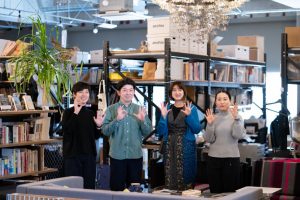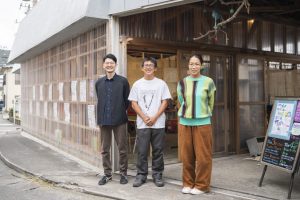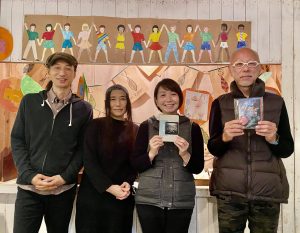Held over a period of two days, Kohgen featured some 30 events that welcomed participants from various generations.
The original idea for the festival came from Masaomi Tomomitsu, vice priest of Jogyoji Temple. The impetus for this was the Great East Japan Earthquake.
“In the aftermath of the disaster, we were overwhelmed by a welter of information. I decided to start Kohgen, driven by the idea that it is imperative for us not only to listen to external information, but also to take the initiative to turn inward to face ourselves,” explains Ven. Tomomitsu. The word “Kohgen” literally means “to turn inward.”
Buddhist and Shinto Festival Kohgen 2018 (Meguro)
Next Tokyo Discovery Squad!
No.001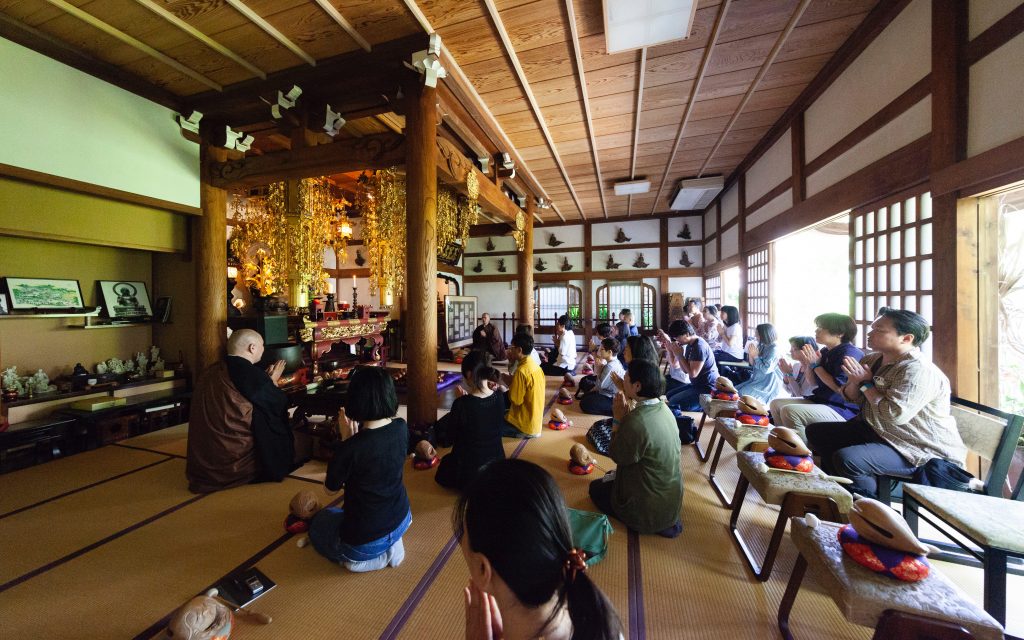
This first edition of the new column “Next Tokyo Discovery Squad!” features an interview with Ven. Masaomi Tomomitsu (vice priest of Jogyoji Temple), who is the organizer of the Buddhist and Shinto festival Kohgen held in May 2018 in Meguro. Kohgen is a modern and comprehensive event that transcends religions and sects and provides opportunities to experience a combination of various traditional cultures.
Buddhist prayer chanting at Banryuji Temple.
Festival born from the Great East Japan Earthquake
Pilgrimage to temples offers the experience of Buddhist prayer chanting, Buddhist vegetarian dishes, and fire-offering rituals
The venues for the 2018 festival were four temples around the Meguro area. A tour called “Pilgrimage to Three Meguro Temples” offered an opportunity to visit three of these temples in a single day.
At Banryuji Temple, visitors experienced Buddhist prayer chanting. They tapped on wooden temple drums while chanting a invocation “Namu Amida Butsu.” Apparently, the chanting, as well as the timing of the tapping on the drum, differ depending on the Buddhist sect.
At Gohyakurakanji Temple, visitors savored a selection of vegetarian dishes prepared without meat or fish based on the dietary restrictions of Buddhist monks. Then, they observed the 500 statues of disciples of Buddha (Gohyaku Rakan) at the temple’s hall.
At the main hall of Ryusenji Temple, also known as Meguro Fudo-son, visitors observed a traditional Goma ritual (fire ceremony), in which offerings and wooden sticks with prayers and wishes written on them are burned in a fire.
That day was a time for introspection and self-reflection. Says Ven. Tomomitsu, “I do not want participants to expect to find in Buddhism useful knowledge and frameworks that will make their life easier just by learning them. Buddha teaches that the human sufferings of birth, aging, sickness and death are unavoidable, and the crucial thing is to be able to accept them. I hope that the participants will be able to bring home with them the feelings and wishes derived from the exposure to various cultures through Kohgen.”
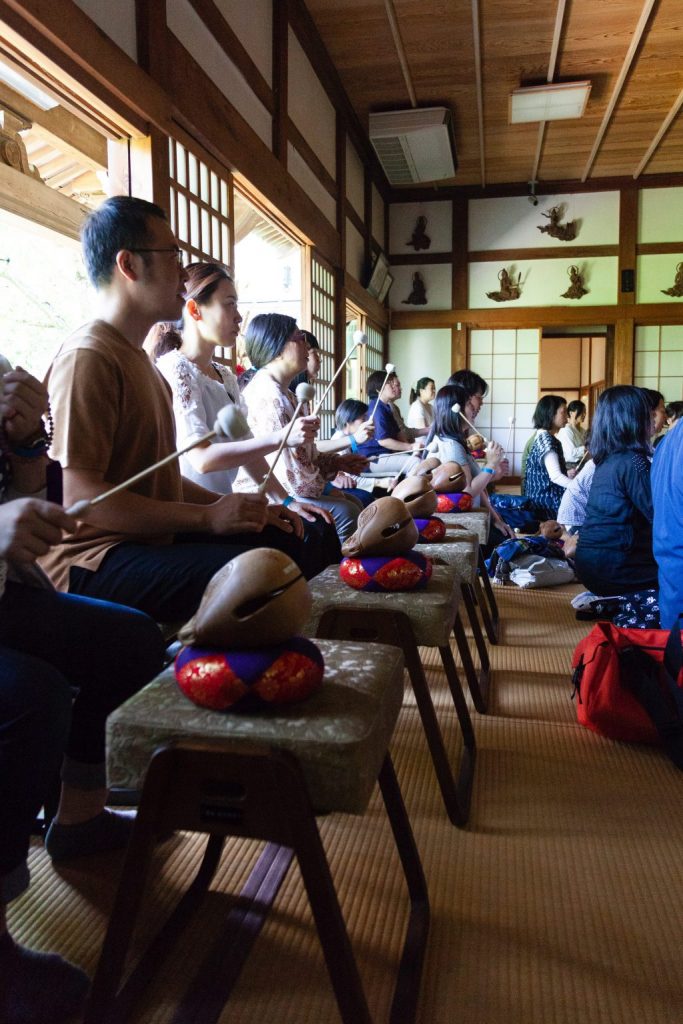
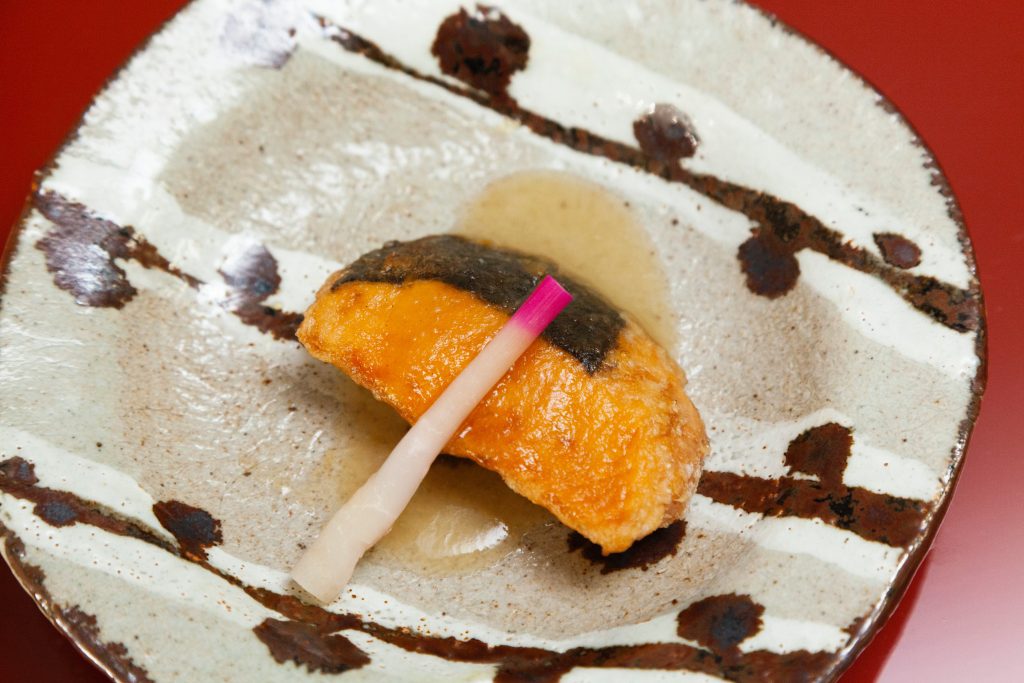
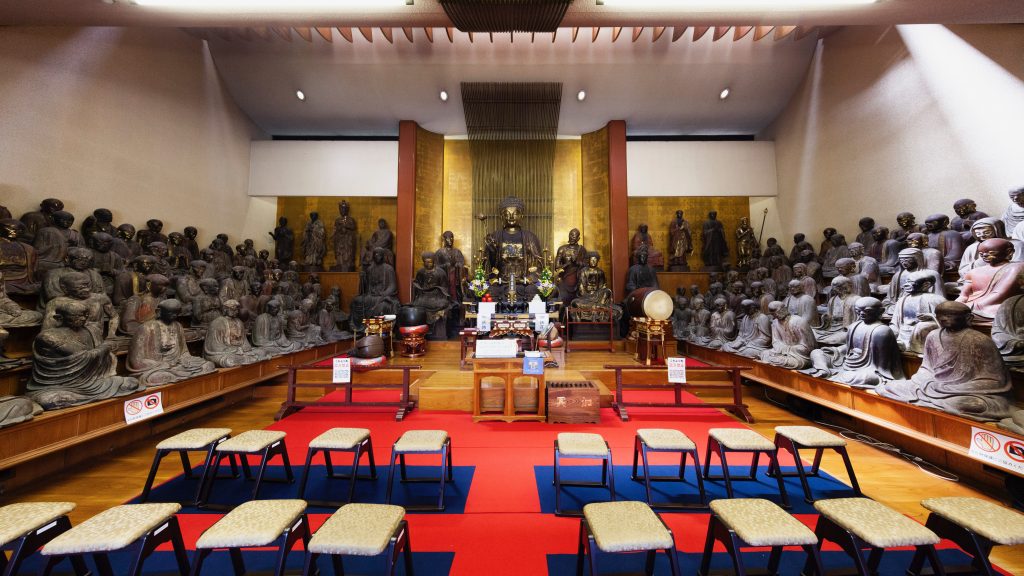
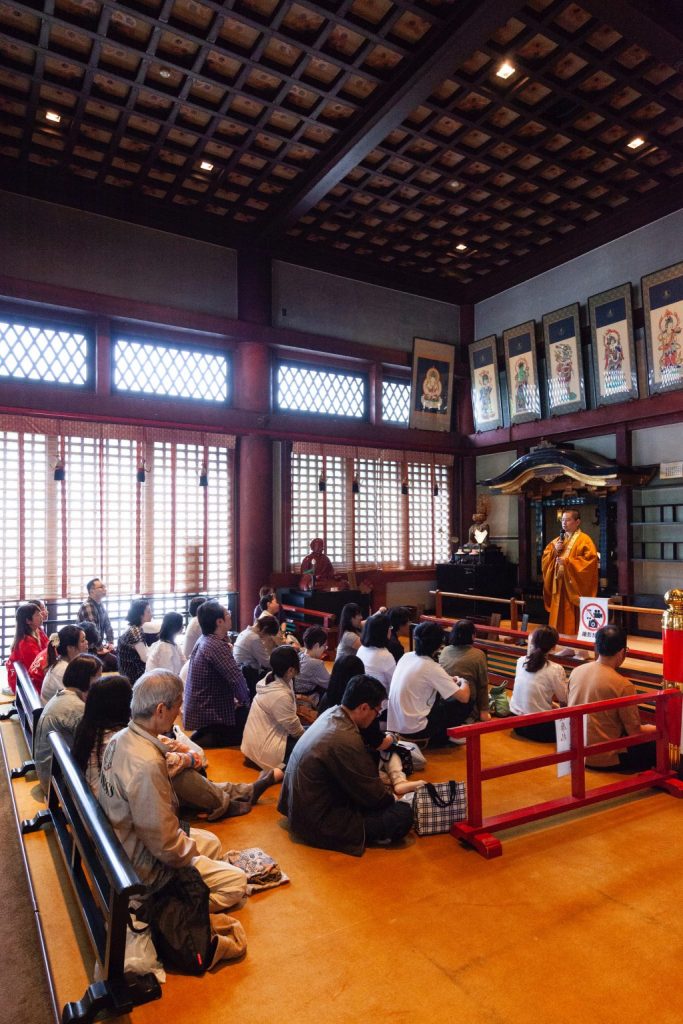
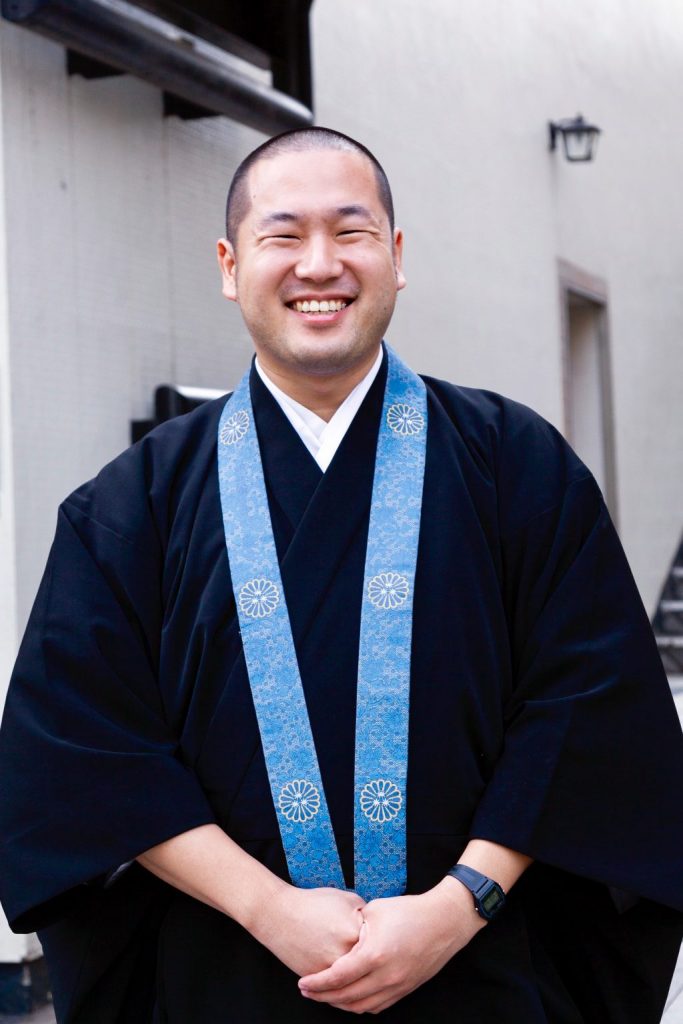
Original text: Emi Sato
Photo: Shu Nakagawa
INFORMATION
Kohgen 2018
| Schedule | May 5 (Sat.) and 6 (Sun.), from 9 a.m. to 7 p.m. |
|---|---|
| Venues | May 5 (Sat.) Nakameguro, Shokakuji Temple / May 6 (Sun.) Three Meguro temples [Ryusenji Temple (Meguro Fudo), Gohyakurakanji Temple, Banryuji Temple] |
| Organizer | Kohgen Executive Committee |
| URL | http://kohgen.org/ |


